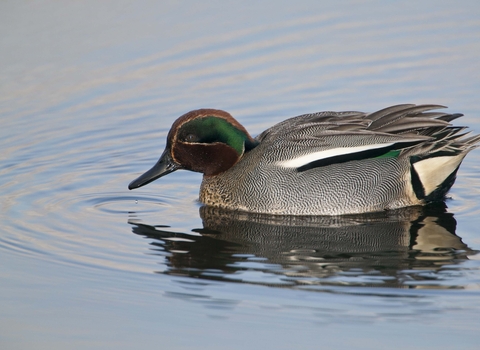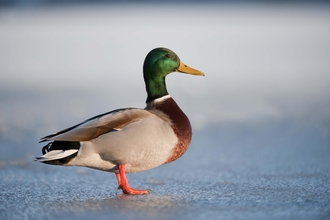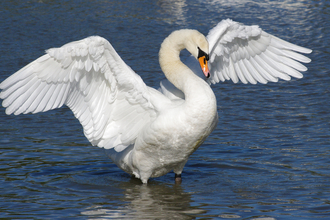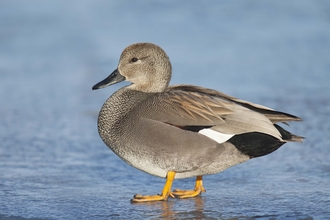
©Guy Edwardes/2020VISION

©Bertie Gregory/2020VISION
Teal
The teal is a pretty, little dabbling duck, which can be easily spotted in winter on reservoirs, gravel pits, and flooded meadows. Watching flocks of this bird wheel through a winter sky is a true delight.
Scientific name
Anas creccaWhen to see
January to DecemberSpecies information
Category
Statistics
Length: 34-38cmWingspan: 61cm
Weight: 330g
Average lifespan: 3 years
Conservation status
Classified in the UK as Amber under the Birds of Conservation Concern 5: the Red List for Birds (2021). Protected in the UK under the Wildlife and Countryside Act, 1981.
Habitats
About
Common and pretty dabbling ducks, teal gather in large numbers in winter on flooded gravel pits, reservoirs and floodplain meadows. Many of these birds are migrants from the cold climes of the Baltic and Siberia. In summer, teal breed in small numbers in the UK, mostly in the north.How to identify
The teal is our smallest duck. Males are grey, with a speckled breast, a yellow-and-black tail, a chestnut-coloured head and a bright green eye patch. Females are mainly mottled brown, but both sexes show a bright green wing patch in flight.Distribution
Nests in small numbers around the country, particularly in the uplands, but much more common in winter when it can be found on most wetlands.Did you know?
Collectively, a group of teal is known as a 'spring' because of the way they can take-off suddenly and vertically, as if they have jumped straight off the ground!Watch
Teal (https://vimeo.com/453698718)
Teal by Tom Hibbert



